History
For more than four decades the Alliance has promoted the preservation and celebration of important buildings, open spaces, and communities in Boston. While the organization has evolved over time, we take great pride in the breadth of our work through the years.
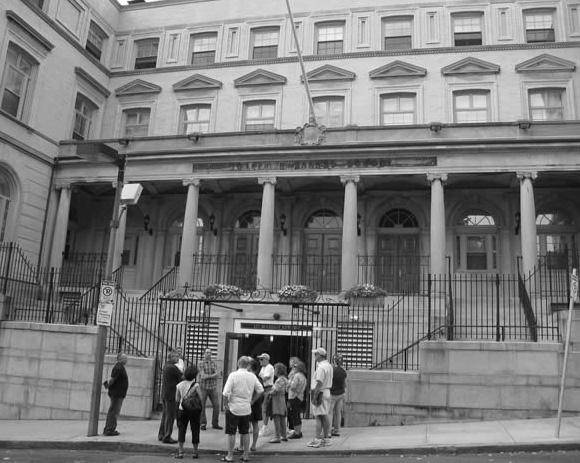
The Boston Preservation Alliance is formed in April 1978 as an informal association of 25 organizations concerned with the city’s built environment. Although there were, and still are, neighborhood groups working hard to promote their own areas, there was no one association interested in the entire city.
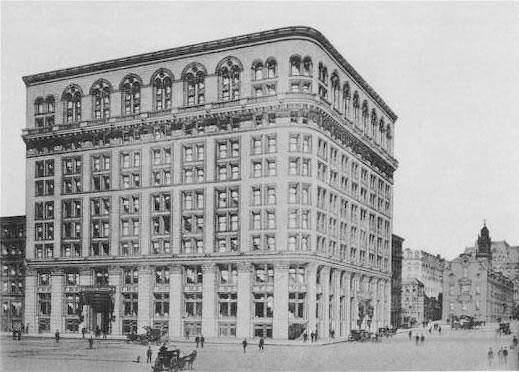
The Alliance and the Victorian Society in America mail hundreds of appeal letters to generate support for saving the Boston Stock Exchange Building at 53 State Street following news of a developer’s plans to demolish it. The Alliance commissions a study, circulates petitions, coordinates testimony, cultivates press coverage, and meets with the Mayor in its efforts to save the building.
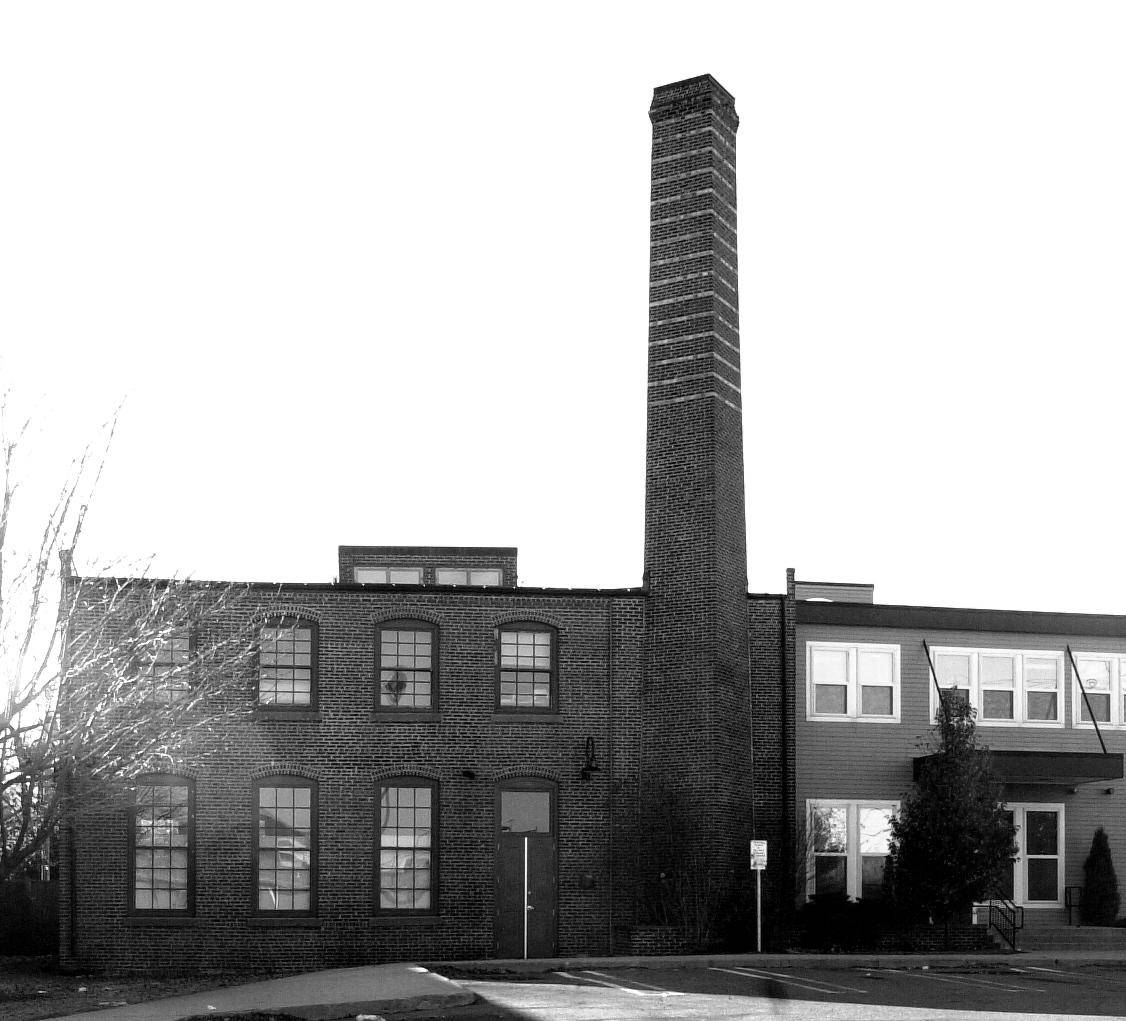
The Alliance publishes its first issue of the AllianceLetter, a printed newsletter that covers topics ranging from preservation projects and demolition concerns to book reviews and interviews with top city officials and architects. The Alliance uses the summer edition of its newsletter to promote efforts by Dorchester residents to save the Dorchester Pottery Works.
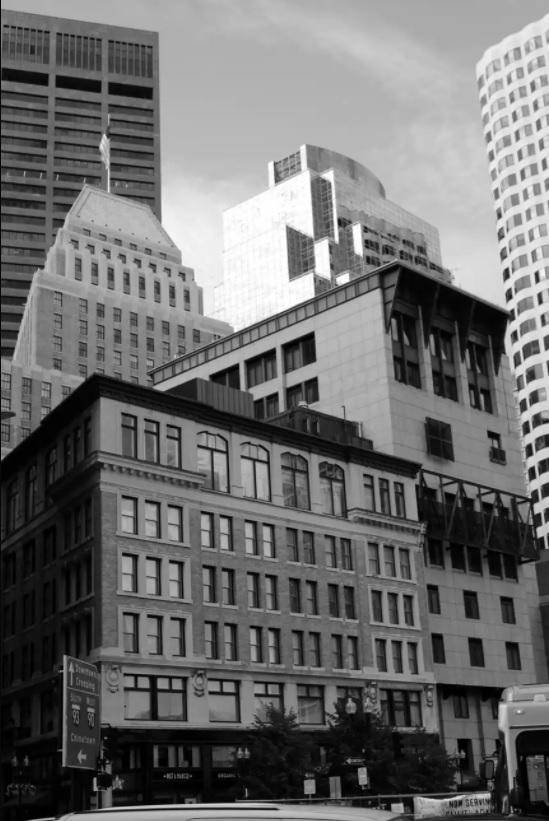
When a central part of the financial district skyline, and one of Boston’s best examples of Art Deco architecture, is slated for demolition, the Alliance moves quickly to protect the building with Boston Landmark status. The petition is granted in 1982. Today, the United Shoe Machinery Company Building stands as an example of how a high-quality preservation project can allow for successful long-term use.
The Alliance is granted nonprofit 501(c)(3) IRS status.
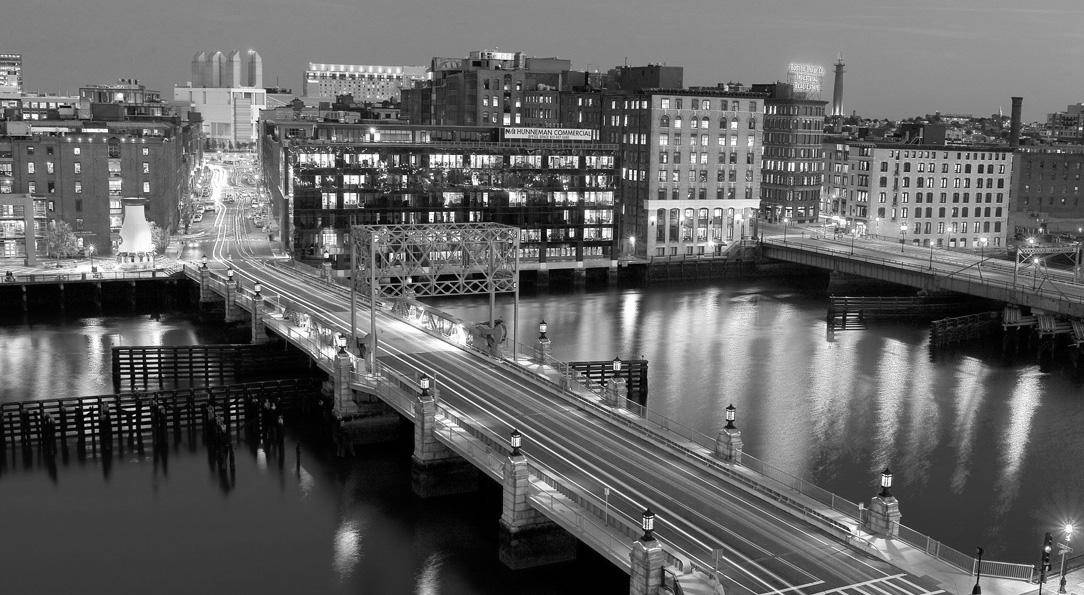
The Alliance starts the process to landmark the Fort Point Channel District, Boston’s most cohesive collection of nineteenth century industrial loft buildings. Fort Point Channel is added to the National Register of Historic Places in 2004. In 2009, the remarkably intact warehouse district is protected with a Boston Landmark District designation.
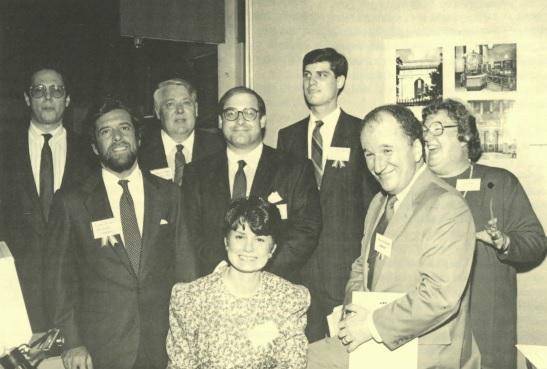
The Boston Preservation Alliance hosts the inaugural Preservation Achievement Awards. Still a yearly tradition, these highly coveted awards highlight individual contributions and outstanding projects in preservation, restoration, and compatible new construction. (Photo is from 1989 Awards.)
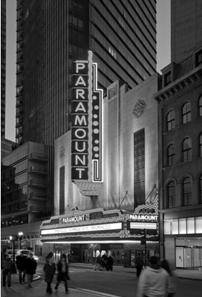
Throughout the 1990s, the Alliance spearheads advocacy efforts leading to the revitalization of Boston’s Theatre District, which had fallen into disrepair. Listed among the Most Endangered Places in America in 1995, the theatres are later recognized by the National Trust as one of 11 success stories that are now “thriving and contributing to their communities.”
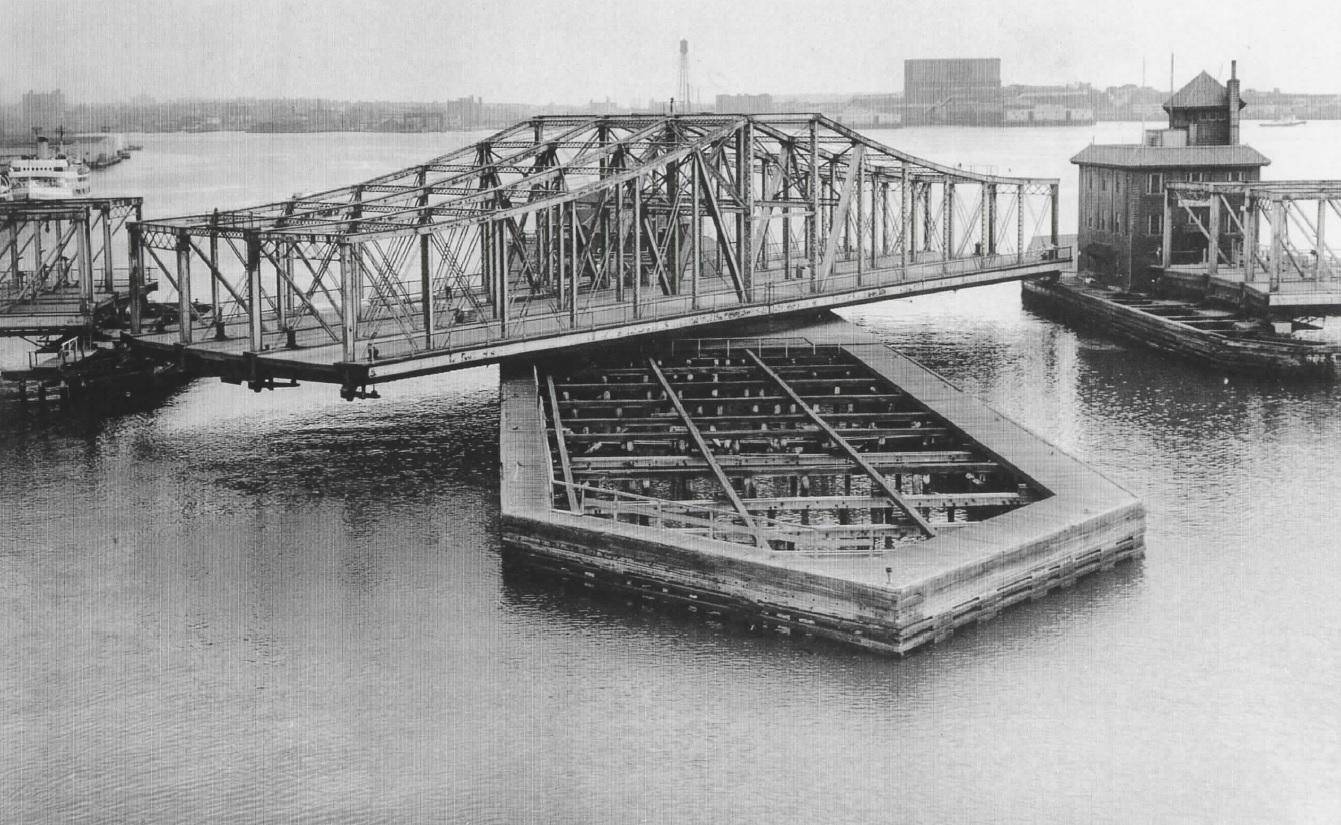
Neglected and on life support, the Northern Avenue Bridge—a rare, 643-foot long, triple-barreled riveted steel swing bridge—is closed to vehicular traffic. Once again, the bridge is threatened by demolition, as it had been for decades. In 2014, the fight to save the bridge heats up, when the bridge is finally closed to pedestrians. With yet another round of dialogue with the city and regulators, the Alliance continues to petition for its rehabilitation.
The Alliance successfully leads a multi-year effort to preserve and reinvent a Romanesque revival style utilitarian complex into a thriving residential space and museum. Boston Globe architecture critic Robert Campbell calls the public works buildings at Chestnut Hill Waterworks (1870-1901) an “architectural palace” and “one of the proud achievements in the history of Boston’s public architecture.”
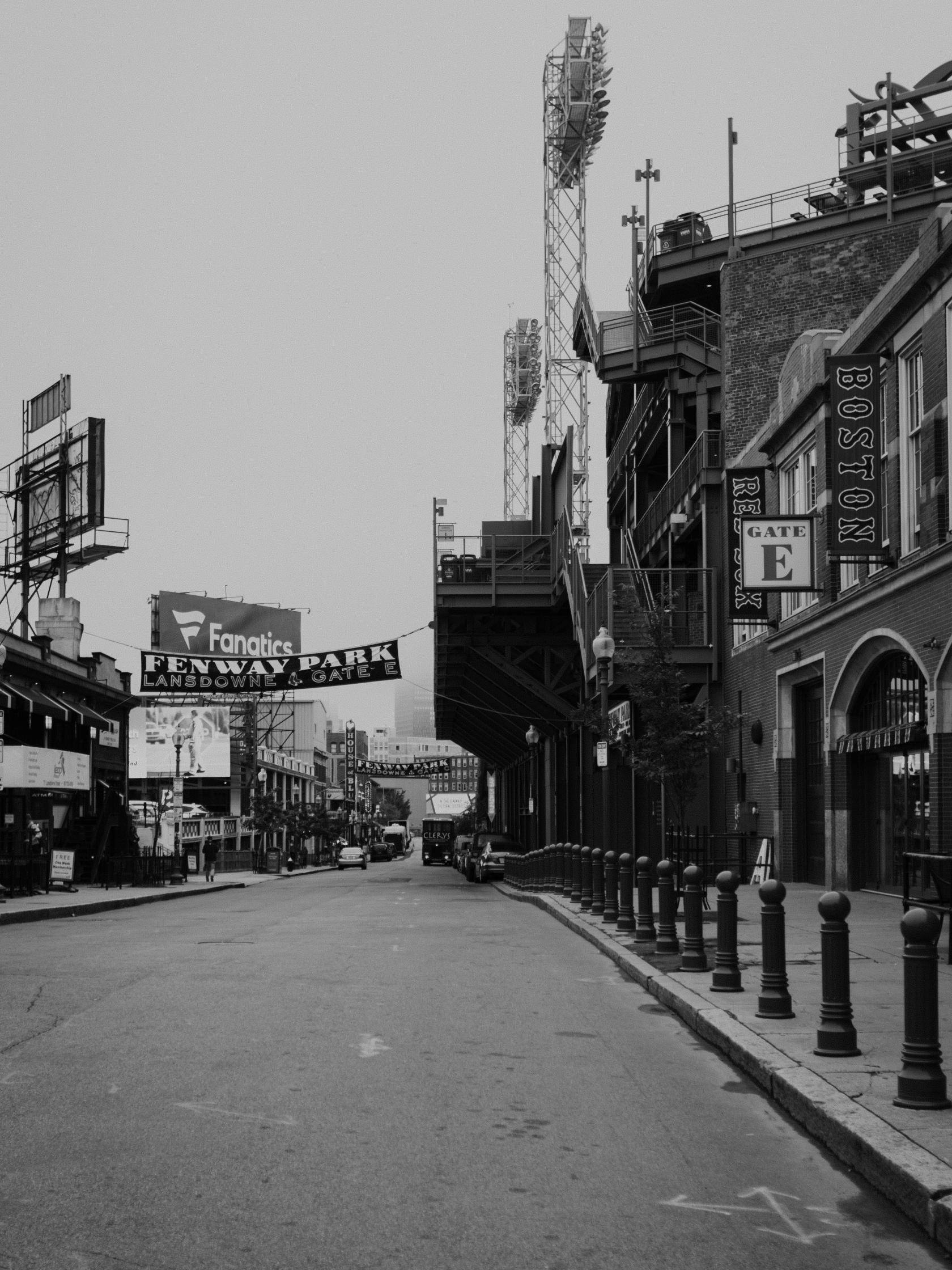
When plans are announced to construct a new, larger park for the Boston Red Sox, the Alliance and concerned citizens form Save Fenway Park! to cajole Red Sox ownership into preserving and restoring America’s oldest major league park. Despite claims that “it would be easier straightening the leaning tower of Pisa,” a new ownership team embraced the value of historic Fenway and the Boston icon is restored, triggering investment in an entire neighborhood.
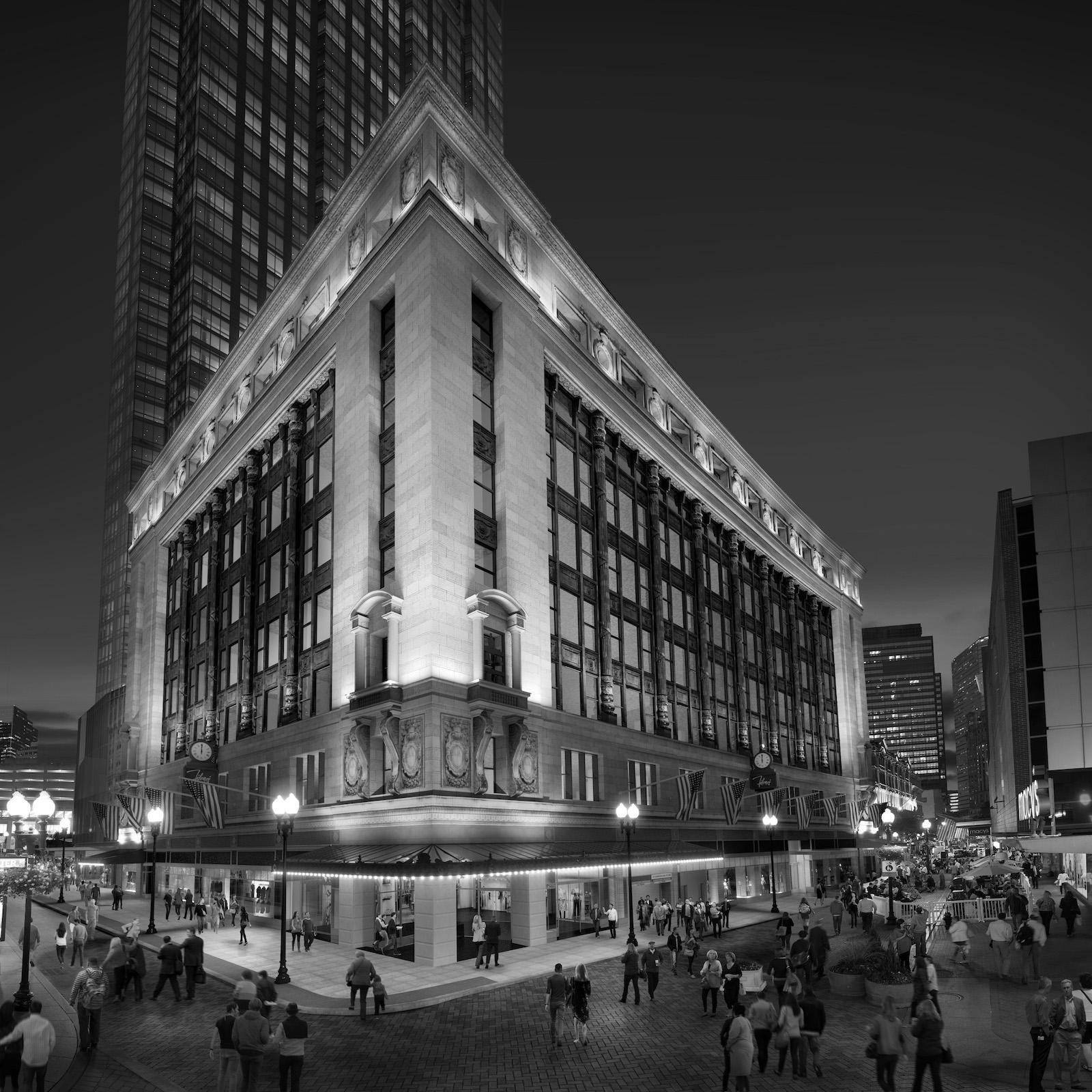
Chicago architect Daniel Burnham’s only commercial property in Boston, Filene’s Department Store at Downtown Crossing (1912), is designated a Boston Landmark. Following the successful drive to preserve the iconic building, the Alliance engages in consultations with project architects Elkus Manfredi regarding how to integrate the restoration of the building alongside a soaring new tower. Although this project ultimately stalls, it set the stage for success with a new development team in 2016.
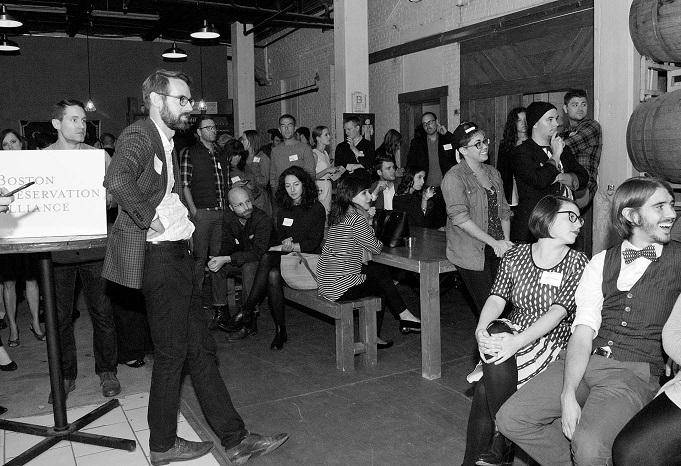
The Young Advisors, a board of developing professionals whose role is to expand and amplify the Alliance’s mission by engaging Boston’s young professional community, meet for the first time.
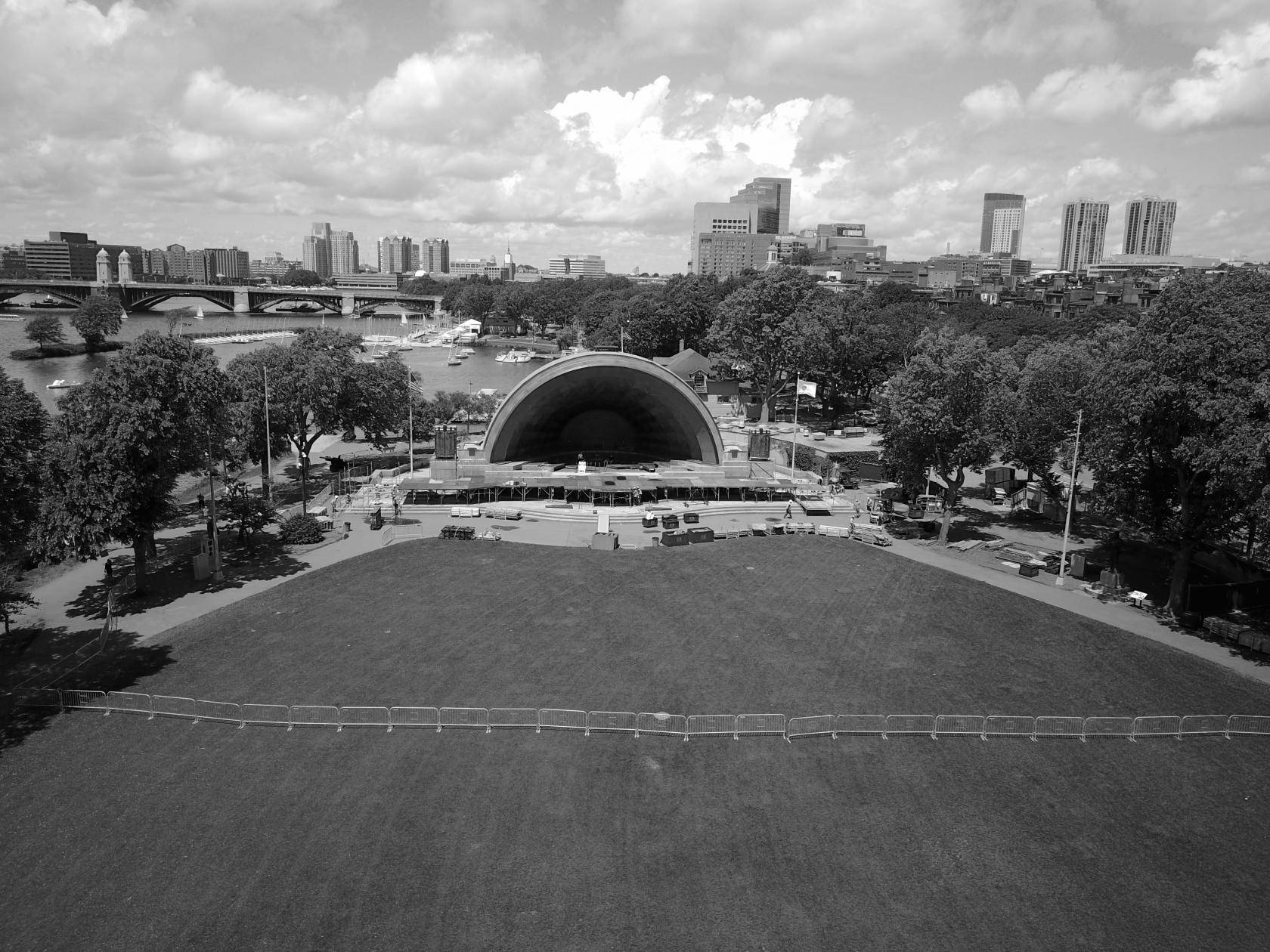
The Charles River Esplanade is designated a Boston Landmark. Two years earlier, the Alliance, Boston City Councilors, community organizations, and over 800 Boston residents successfully petitioned for the park’s protection when it was threatened by highway construction.
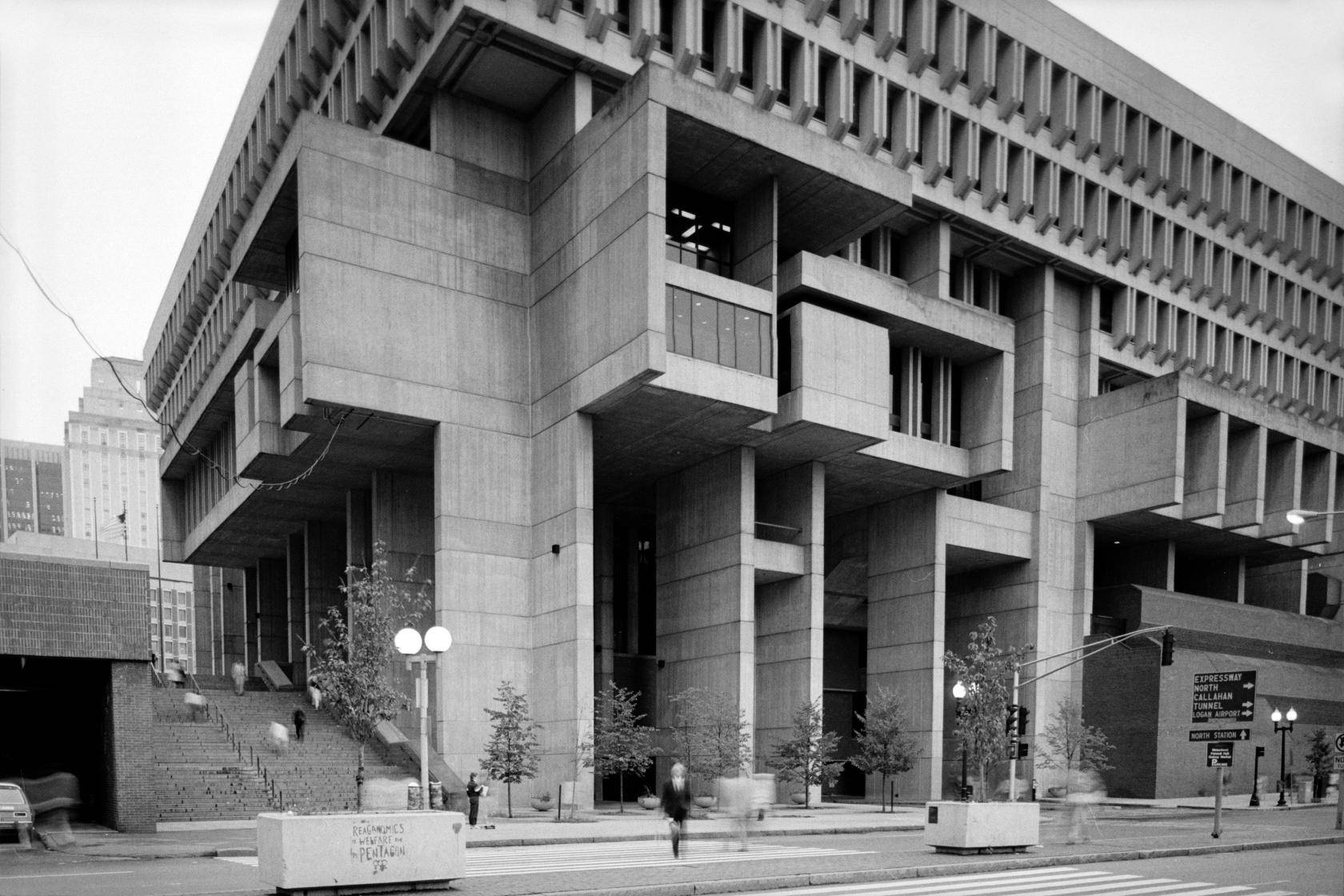
Long-standing efforts to celebrate Boston City Hall— a bold mid-century modern design in raw concrete—finally come to fruition, when, in a welcome pivot from a 2014 campaign proposal to demolish the building, Mayor Walsh and his team begin examining how to keep and enhance the building and the plaza. A master plan, lobby renovation, accessibility enhancement to City Council Chamber, and increasing overall public engagement show the beginnings of new life.
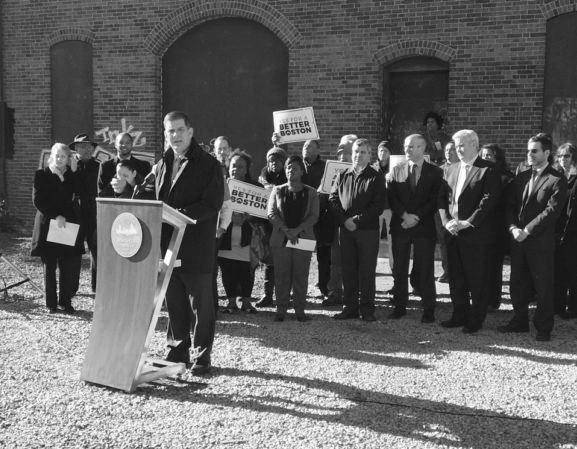
After more than a decade of planning and polling, the Community Preservation Act, a campaign to create funds for affordable housing, green spaces, and historic neighborhoods, is finally ready for the ballot. In the fall, Boston residents vote overwhelmingly in favor of the Community Preservation Act, creating an estimated $20 million in annual funds for Boston’s neighborhoods.
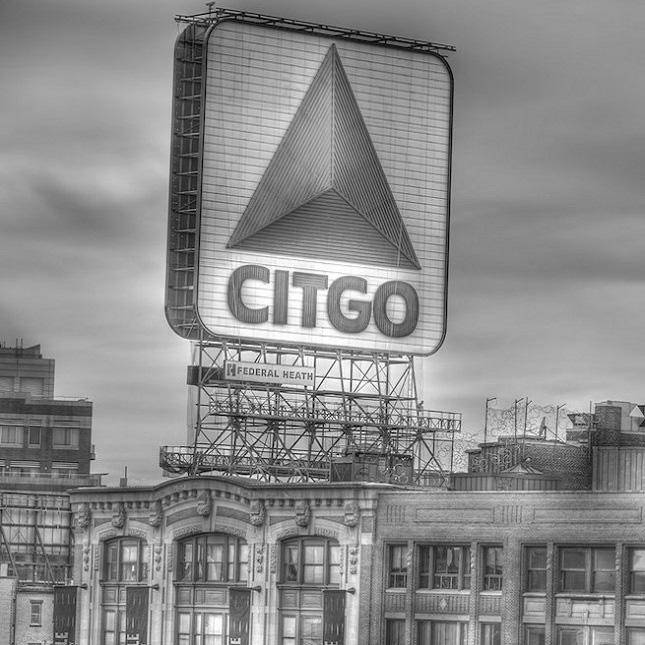
The Alliance launches a public petition in support of making the iconic CITGO sign in Kenmore Square an official Boston Landmark. By the time the principles of a deal are reach by Citgo and property owners in March 2017, more than 16,500 signatures are collected in the Alliance’s petition to Save the Sign.
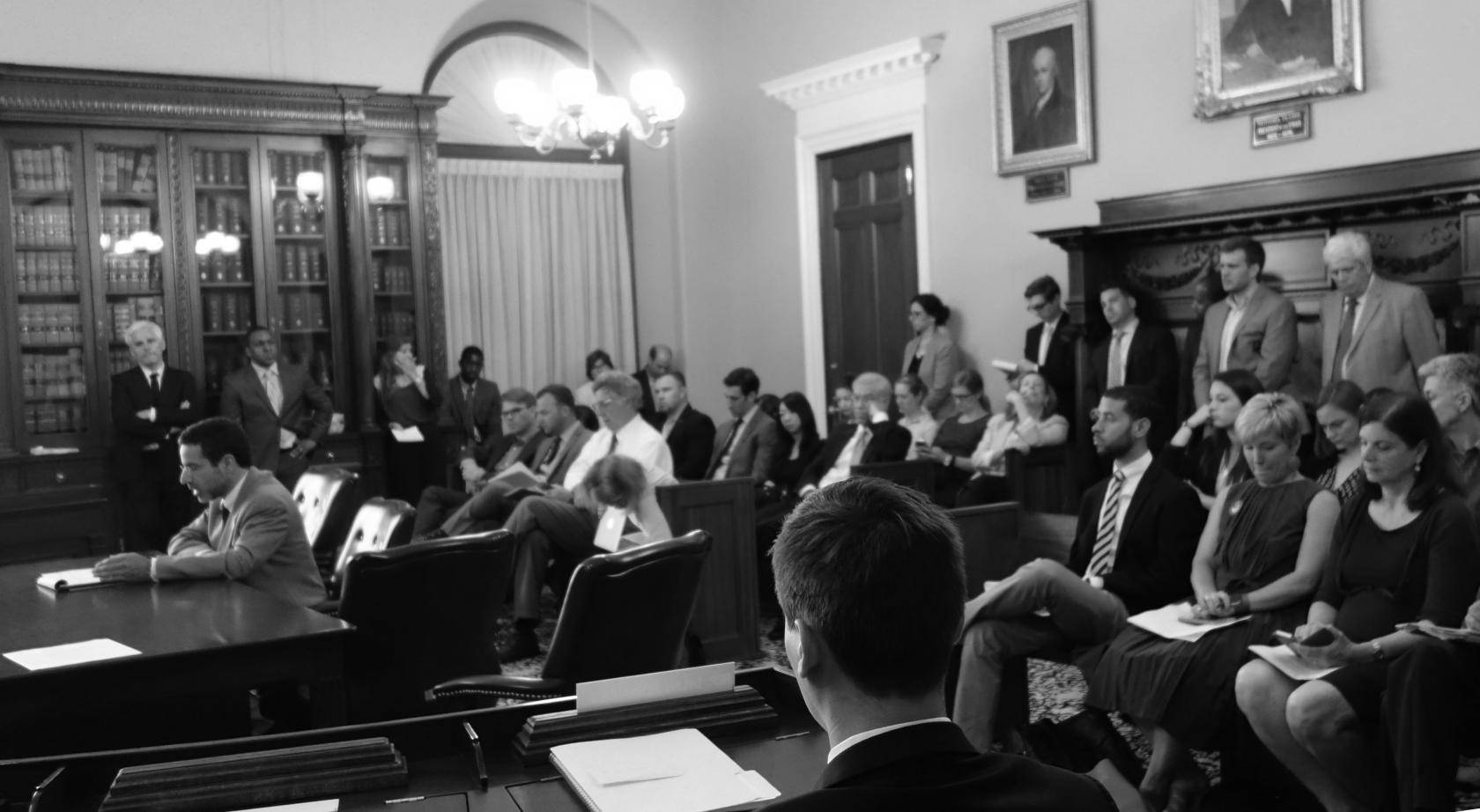
The Alliance testifies at a state hearing over a home rule petition that would change state laws to accommodate the construction of a single tower.
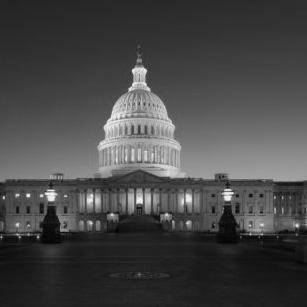
In a major win for the national preservation community, the federal Historic Tax Credit is brought back from the precipice despite the passage of an aggressive 2017 tax reform bill. Culminating several years of preemptive advocacy, the Alliance works in coordination with local and national agencies to pressure legislatures to save this revenue-positive preservation tool.
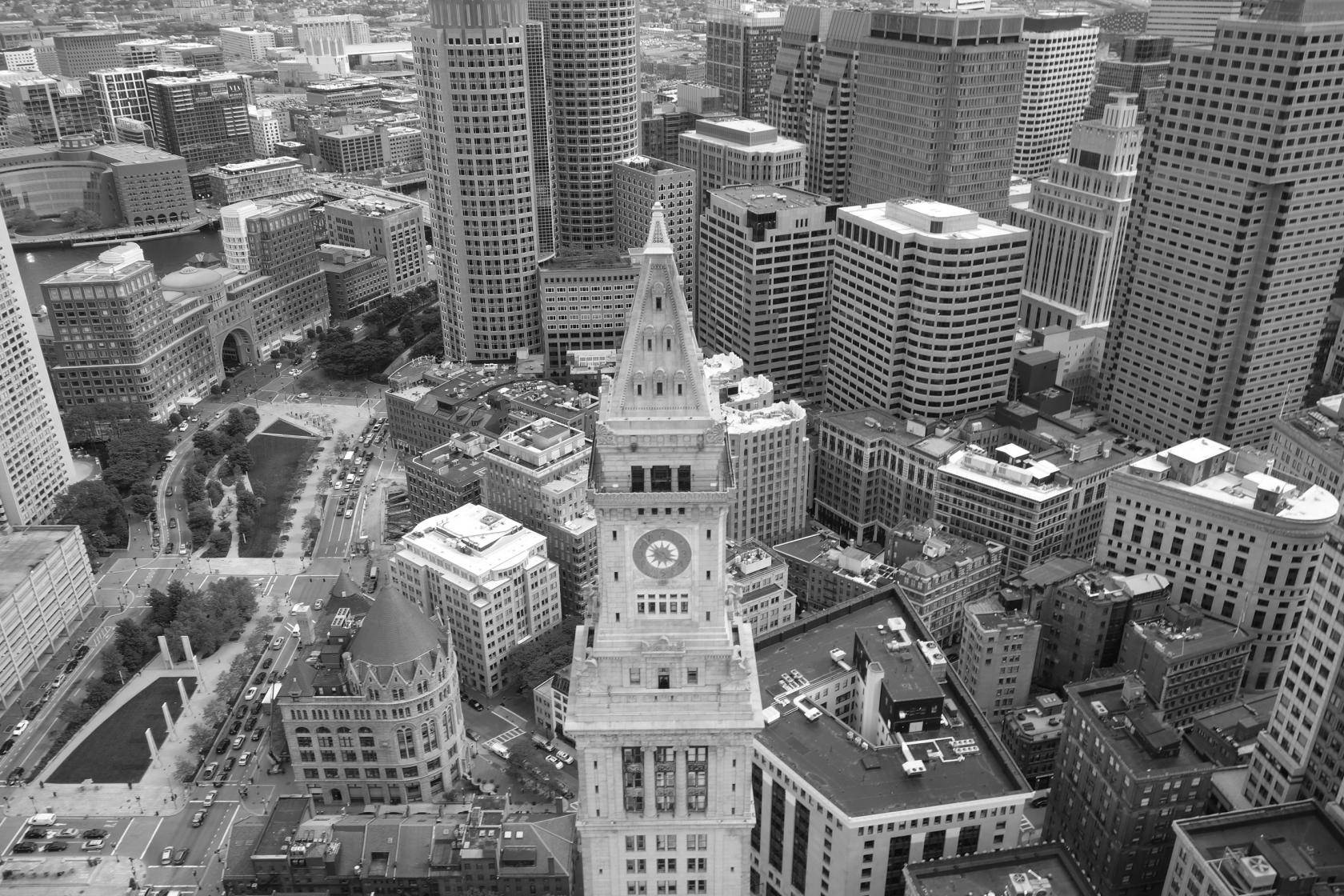
Overlooking the Boston Harbor and directly next to its first address (City Hall, Room 944), the Alliance celebrates 40 years of guiding the best in preservation, thoughtful change, and sustainable growth in the city.
